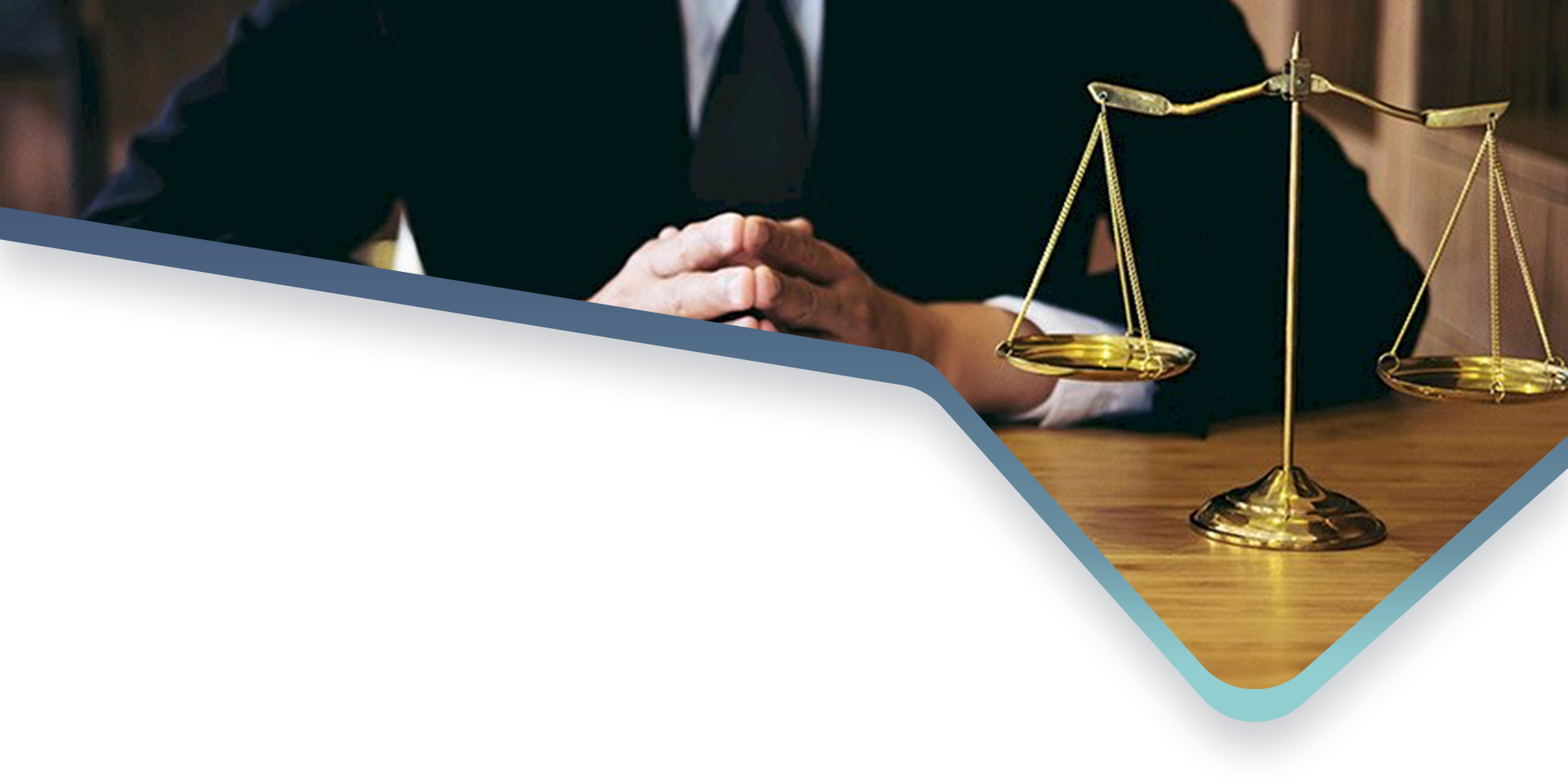
Language:
Enablement in current Mexican patent practice
August 11, 2016
Enablement was considered in Mexico since the amendments to the Mexican patent law on October 1, 1994 and then on September 20, 2010.
With the amendment of October 1, 1994, the Mexican Law required a description of the invention which shall be clear and complete to be fully understood and where appropriate to serve as a guide for a person with average skill in the art to make it, furthermore, it shall mention the best method known by the applicant to carry out the invention when this is not clear from the description thereof.
The amendment of September 20, 2010 also considered the inclusion of information that exemplifies the industrial utility of the invention. However, this information is only required when description would not be clear neither complete to be fully understood the invention and to serve as a guide, for a person with average skill in the art to make it.
Despite the above and that Patent Office is supposed to recognize in good faith applicant’s disclosure being not Examiner’s role to determine the veracity of the application, lately the most common practice in Mexico is to consider as unclear any subject matter that has been claimed in the invention but has not been exemplified or experimentally demonstrated along the description. Some Examiners accept to provide complementary experimental information during the substantive examination as long as there is a connector idea that allows the relation of said information with that described. However, since there is not an Examiner’s Guideline in the Mexican Patent Office, there is no certainty in how overcome these objections.
Concluding, it is not mandatory the inclusion of examples as evidence of the industrial utility or enablement when applications include sufficient description of the invention, but in the practice, some Examiners object clarity when examples or experimental evidence are not included.
Patent-Law-Articles
- IP Law amended July 15, 2010
- Compulsory licences and swine flu March 22, 2010
- Approval of follow-on biologics in Mexico June 2, 2011
- Energy reform promises tech transfer and patent boom September 24, 2014
- Compulsory licences and non-working October 11, 2017
- Mexican Linkage Gazette Aug 2010 August 16, 2010
- ICLG to: Patents 2016 October 11, 2017
- Voluntary Divisional Applications in Mexico June 30, 2016


